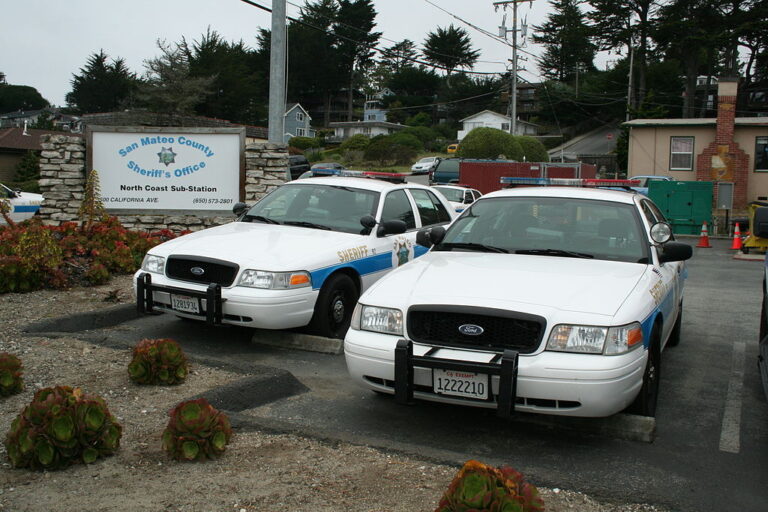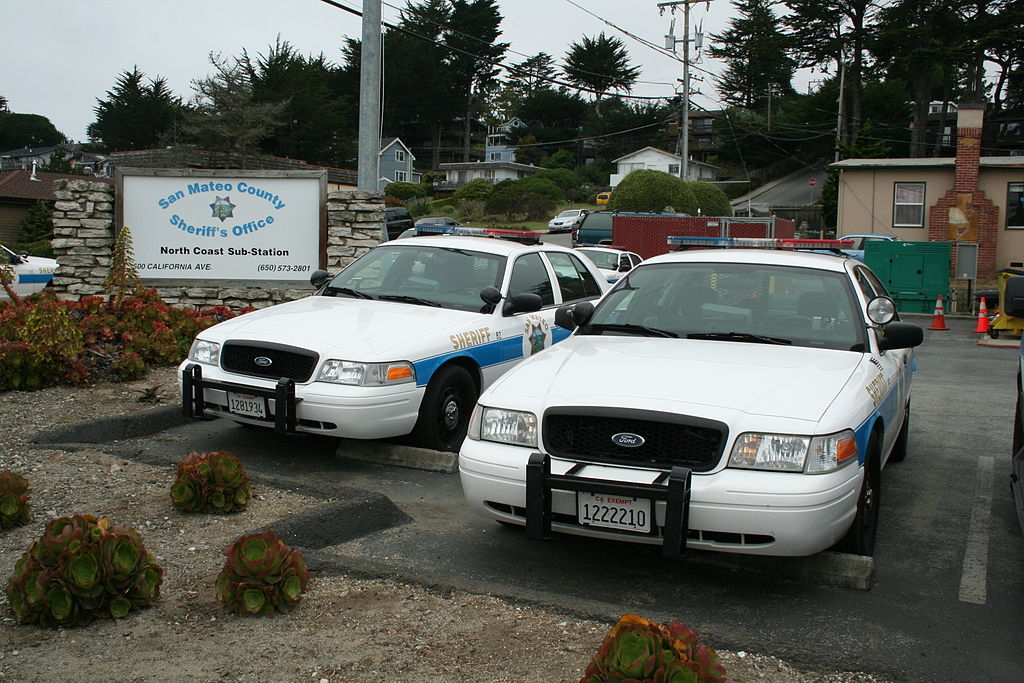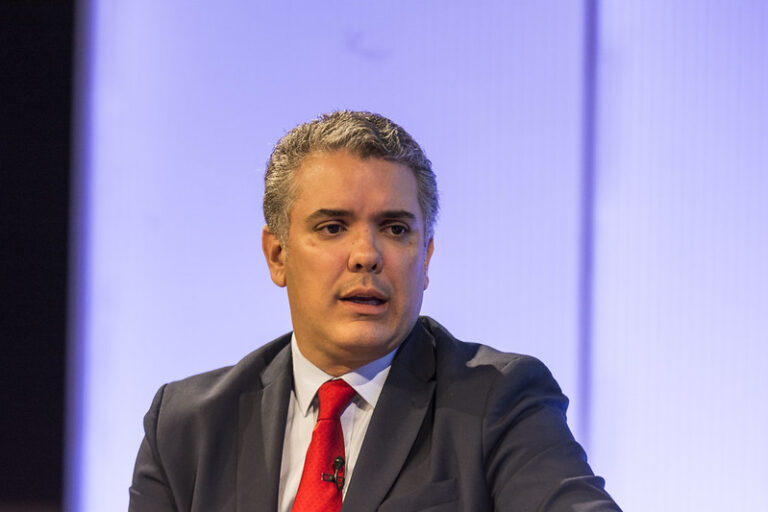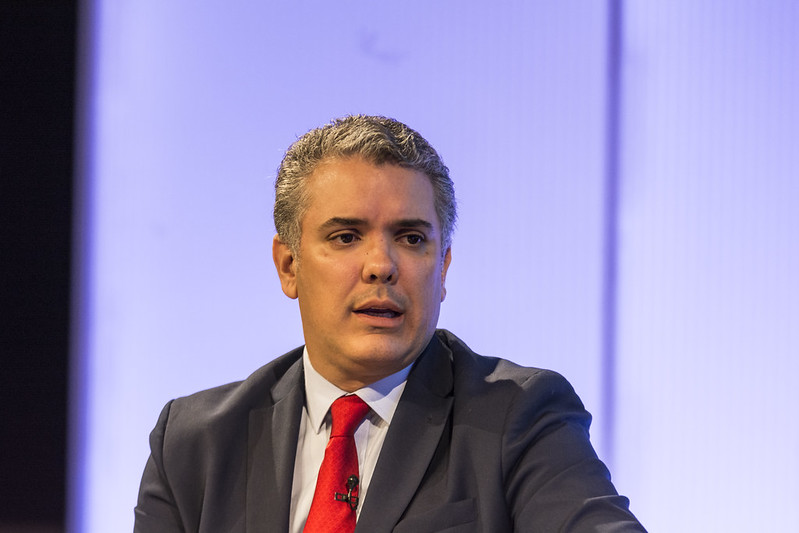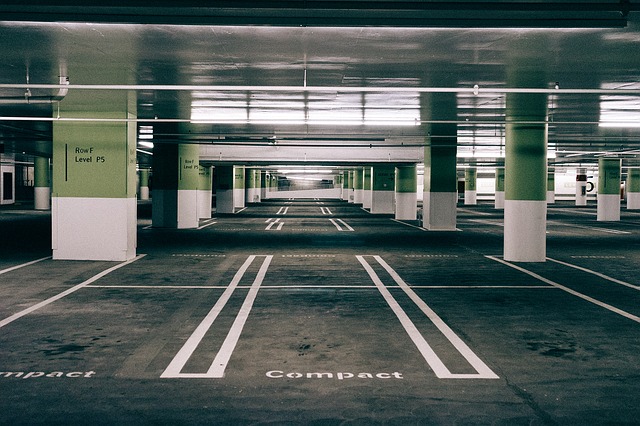To Pamela Cruz. Peninsula 360 Press [P360P]
After Texas was hit hard by Hurricane Harvey in August 2017, Myrtala Tristan, a resident of Lakewood Village for more than 35 years, learned the importance of the Latino voice in her community. A voice that today can be elevated through redistricting.
Myrtala and her husband were victims of Hurricane Harvey in 2017. At no time were they warned to evacuate. By the time the storm hit, it was too late: "We took belongings like our license, some money, put it in a bag and went out to call for help.
After the hurricane hit, she and her husband and thousands of others affected filled out applications for government support, specifically from the U.S. Department of Homeland Security's Federal Emergency Management Agency, but it never came.
All this pushed Myrtala to join groups and collectives that would help them not to be just another number of the segregated, those who are only remembered in the elections.
Redistricting. The power of the voice drawn in lines
For Nina Perales, vice president of litigation at the U.S.-Mexico Legal Defense and Education Fund (MALDEF), "reapportionment is about drawing lines on a map to represent who is going to vote for certain elected officials.
The specialist detailed that the neighborhoods are grouped in the same way to create groups of voters.
But why and how are these lines made? "Mapping is a very political act. It's a very political process that is very important to be involved in," he said during a press conference held by Ethnic Media Services.
And that is that some of us live in suburbs, some of us live in the city, and some of us live in outer areas, but all of these communities are grouped into districts. And from time to time those district boundaries are redrawn and we're just now "entering that process".
Pasadena, for example, is a very racially segregated city. Perales showed a map with the very divided Latino and Anglo concentration in the city.
However, the north side of Pasadena, where so many Mexican-Americans who can vote live, tends to receive fewer services than the south side, where most of the Anglos live and who have controlled the city for many years.
This, he explained, has meant that the north side is still without the necessary services to solve some situations, such is the case of flooding during the rainy season, or even good schools, which leads to quality education for children and young people.
Perales recalled that after the Latino community began to get serious about redistricting, in 2010 the lines were redrawn as a result of going to court and saying that the north side of Pasadena should stay together.
The change happened immediately, he said. For the representative for that area, who was Anglo and conservative, changed for a progressive Latina woman in the House of Representatives.
That, he said, is because the "Latino community is increasing its registration and voting. This is the change in Texas.
"Redistricting is a time when we have to be very involved and very vigilant about what's going on so that we can make sure that our growth and our record is fairly reflected in the political lines."
The situation is also occurring in the Asian American and Pacific Islander (AAPI) population, which Nina Perales says is growing at a faster rate than the Latino population in Texas.
The combination of immigration and natural family growth is driving the growth of the AAPI community. This translates into people moving out of neighborhoods as they have larger families coming from other countries, becoming naturalized and becoming citizens and voters, and we have to ask how can these fairer political boundaries happen?
"It's really important to participate in the local redistricting of the city, of the County School Board, because the decisions that are made by our local officials can be tremendously important to the quality of life that we have in our community."
Everyone counts in redistricting. ALL
Debbie Chen, an attorney at OCA-Greater Houston - a national community advocacy organization dedicated to promoting the social, political and economic well-being of AAPI residents in the U.S. - pointed out that you don't have to be a citizen or a registered voter to participate in redistricting.
During his speech he stressed that everyone, whether citizens or undocumented, pay taxes, so they should be considered when making decisions that influence their locality.
"It's not just about electoral power, it's about who gets the money that we all pay for and who determines how it's spent. So when we talk about who spends the money that's distributed downwards, then it really comes down to thinking are they going to be fair and equitable?"
And, he explained, instead of having a consolidated group, in a certain area, where they might have a better chance of representation, they take that group and divide them up. "So they only comprise 10 percent here, 15 percent there. And then they never have a real chance of having an elected person representing their community."
Finally, he explained that Texas is looking for a fair, inclusive and transparent mapping. The redistricting will be open, public and with translation services, which will allow immigrants to make an informed and conscious decision about their communities.
Everything is "The System".
Roshawn Evans, co-founder and director of the organization Pure Justice, said there needs to be a great deal of reform within a justice system beyond the criminal justice system.
As in the system, our voice is only an opinion. And that needs to be reformed. One thing we have to keep in mind, like when it comes to redistricting and drawing maps, is that there's a fine line between wants and needs," he said.
"I know there are a lot of different opinions when it comes to drawing maps because everybody has their own idea. But you have to keep together people with the same concerns, the same needs, rather than the same wants," he added.
Evans called for everyone to get involved in redistricting since it only happens every 10 years, and it is what will bring equity to the areas where people live.
In Spanish, please
Often, language makes it difficult to explain what redistricting is and what it is.
Miguel Rivera is the Redistricting Fellow at the Texas Civil Rights Project, and explains that there is no Spanish equivalent for the term redistricting. He first encountered this conundrum or challenge when trying to explain to his Mexican parents what he did for a living.
"My parents and I were born in rural Mexico. I was two years old when I arrived, and my parents were in their twenties, but all of their education and political training was done in Mexico. So when I started working on community organizing around redistricting I realized that I didn't have the specific nomenclature to fully convey the message, the gerrymandering and the work that we were trying to do, and that there would be a justice when the lines were drawn."
He explained that to define redistricting in Spanish, there are a few key phrases.
There's the first one that I think is most commonly used today, Redistricting and Redistricting.
Basically, the goal is to unify the message to make sure that for educational and campaign purposes, specific terms are used and to understand what redistricting is all about in the Spanish-speaking community.
"I want to acknowledge that this is not a specific language or this is not a specific problem for Spanish speakers in Texas. I guess this is a challenge that many non-English speaking communities face within the state of Texas. So this requires a new understanding of the communities on the ground to know what terms are most effective in order to get the message across and allow people to participate in this process as it's about to take place."
A young woman causes
Casandra Martinez is a student about to enter Columbia University to study mechanical engineering, however, she is faithfully committed to getting young people to care and take action on redistricting.
During his speech he detailed that thanks to activism he realized the importance of the Census and its impact on the community. However, he also noted the apathy of young people on the issue.
In view of this, he called to know the needs of the other, to be empathetic and to make the rights of all worth the same, because only in this way we will reach a true equity.


